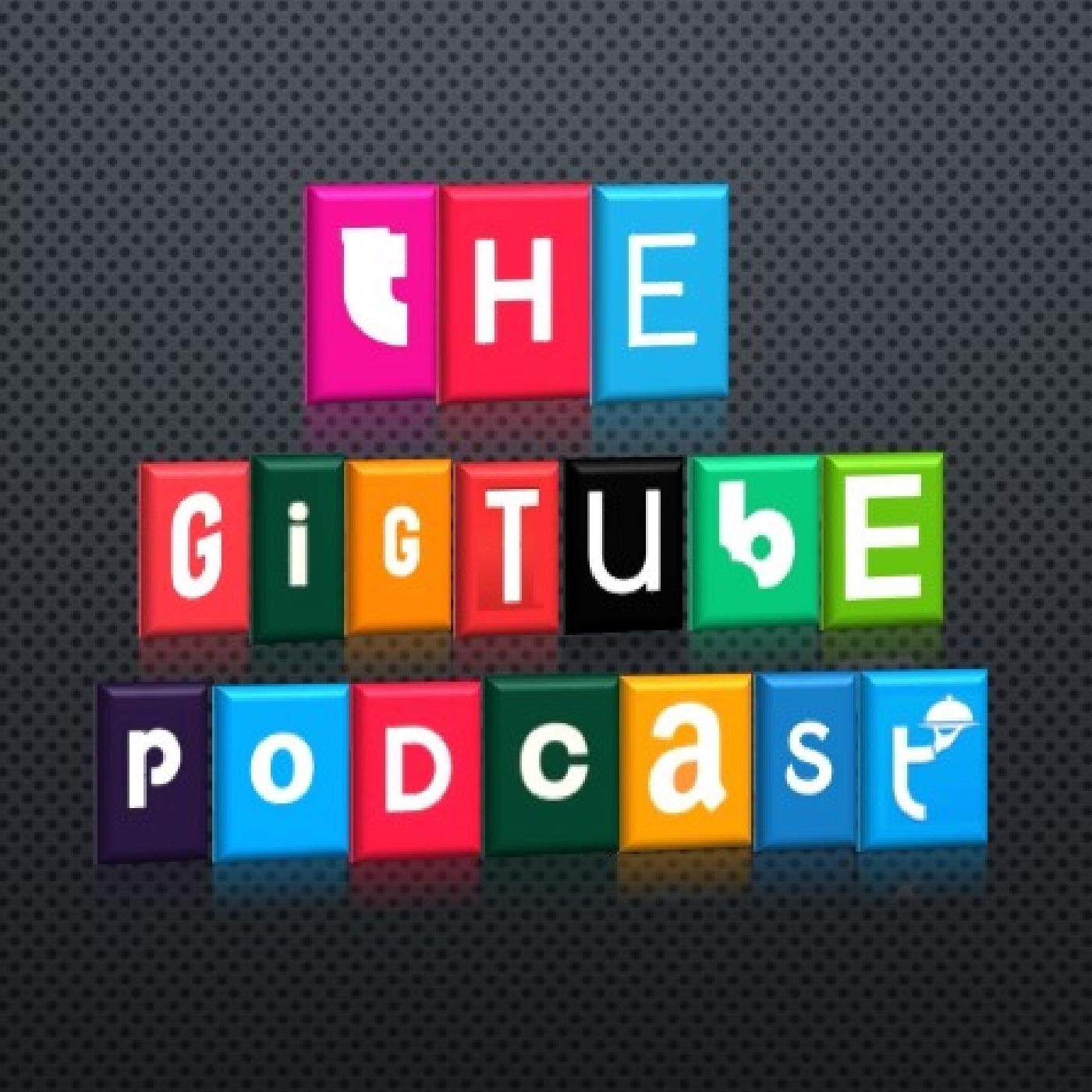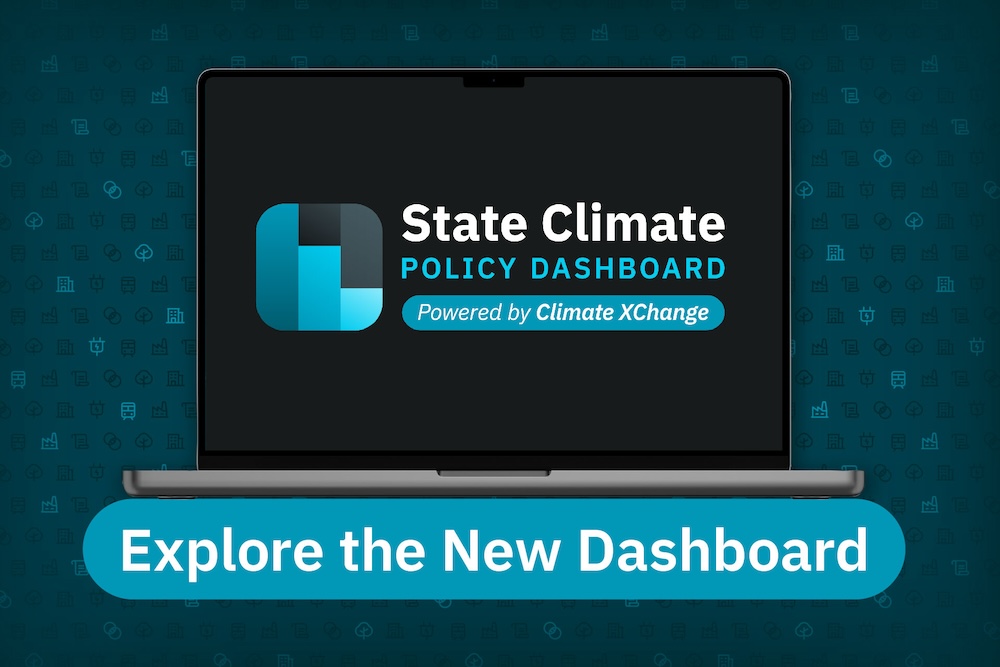Report on French Development Aid Reductions and Implications for Sustainable Development Goals
Overview of Budgetary Reductions
A coalition of nearly 190 non-governmental organisations (NGOs) has raised concerns following the French government’s announcement of a historic €700 million reduction in its development aid budget for 2026. This figure constitutes approximately 5 percent of the total allocation for official development assistance (ODA) and is part of a broader €43.8 billion budget cut plan aimed at reducing the national public deficit. These cuts represent a significant policy reversal, as France had been increasing its ODA budget since 2017. The 2026 reduction follows previous cuts enacted in 2024, which included:
- An initial slash of €724 million in February 2024.
- A further cancellation of €200 million in appropriations in April 2024.
Advocacy groups warn that these cumulative reductions effectively set back France’s public aid budget by a decade.
Impact on Progress Towards Key Sustainable Development Goals (SDGs)
The announced budget cuts pose a direct threat to the achievement of several Sustainable Development Goals by jeopardizing essential services for the world’s most vulnerable populations. The primary areas of concern and the corresponding SDGs are:
- SDG 1 (No Poverty) & SDG 10 (Reduced Inequalities): NGOs warn that the cuts will endanger poor and vulnerable populations, undermining efforts to reduce global inequality and eradicate poverty.
- SDG 2 (Zero Hunger): Funding reductions directly affect projects targeting malnutrition. Action contre la Faim reported a 20 percent funding cut for its Confluences Project, which aims to reduce severe malnutrition among children under five in Madagascar, the Ivory Coast, Chad, Cameroon, Mauritania, and Burkina Faso. This occurs as global hunger is rising, with 733 million people suffering from malnutrition in 2023.
- SDG 3 (Good Health and Well-being): The cuts threaten financing for access to essential health services and the fight against major pandemics. Médecins du Monde described the decision as a “moral and tactical error” with long-term consequences for global health security.
- SDG 6 (Clean Water and Sanitation): Funding for access to fundamental services, including clean water, is at risk, hindering progress on this critical goal.
Global Context and Weakening Partnerships (SDG 17)
The French budget cuts are part of a wider international trend that weakens the global framework for development cooperation, a cornerstone of SDG 17 (Partnerships for the Goals). Several other major donor countries are also reducing their development assistance, including Germany, the Netherlands, Sweden, Belgium, and the United Kingdom. This trend is compounded by the dismantlement of the United States Agency for International Development (USAID), which has dealt a significant blow to global health and development initiatives. The collective withdrawal of donors weakens the capacity of UN agencies and NGOs to engage directly with vulnerable populations, creating what is described as a “catastrophic” situation for international aid efforts.
Consequences for Civil Society and Democratic Institutions (SDG 16)
The reduction in ODA has significant implications for the stability and strength of democratic institutions, a key focus of SDG 16 (Peace, Justice and Strong Institutions). Jean-François Coty, president of Médecins du Monde, warned that cutting international aid threatens the operational capacity of many NGOs, constituting a “form of democratic backsliding.” Furthermore, humanitarian aid is identified as a key tool for conflict prevention, as it addresses root causes such as lack of access to education (SDG 4), water (SDG 6), and responses to climate change (SDG 13). By reducing this aid, the capacity to foster peace and stability is diminished.
Future Outlook and Alternative Funding Mechanisms
In response to the diminishing institutional funding, NGOs are being forced to reconsider their operational models. Organisations like Médecins du Monde anticipate relying on financial reserves and private fundraising to meet existing commitments but warn of a potential stagnation or decline in future operations. Compensating for the loss of major institutional funding through private sources is a long-term challenge.
As a potential solution, a legislative bill supported by 70 MPs aims to reinstate a dedicated funding stream for development assistance. This would involve reallocating revenues from taxes on financial transactions and airline tickets, which were directed to the state’s general budget in 2025, back to ODA. This proposal represents a possible alternative mechanism to secure more stable funding for achieving the Sustainable Development Goals.
1. Which SDGs are addressed or connected to the issues highlighted in the article?
-
SDG 1: No Poverty
The article directly connects the aid cuts to the well-being of the world’s most impoverished people. Coordination Sud warns that the budget cuts “could endanger poor and vulnerable populations around the world”.
-
SDG 2: Zero Hunger
This goal is a central theme. The article states that French aid finances access to “food” and highlights the work of Action contre la Faim (Action Against Hunger). It specifically mentions a project to “reduce severe malnutrition among children under 5” and cites UN figures that “733 million people suffering from malnutrition as of 2023”.
-
SDG 3: Good Health and Well-being
The article explicitly mentions that aid funds “access to essential services such as health”. It references organizations like Médecins du Monde and Handicap International and discusses the impact of cuts on “nutrition centers” and the “struggle against inequality and major pandemics”.
-
SDG 5: Gender Equality
A direct, though brief, connection is made through a sub-heading quoting the head of ActionAid Zambia: “‘Women are having to sell sex for fish’: Head of ActionAid Zambia on USAID cuts”. This highlights a severe, gender-specific consequence of aid reduction, pointing to the exploitation of women.
-
SDG 6: Clean Water and Sanitation
The article notes that French aid has historically allowed “the financing of access to essential services such as… water”, directly linking the budget cuts to progress on this goal.
-
SDG 10: Reduced Inequalities
The president of Médecins du Monde is quoted as saying the aid reduction is a “moral error” when it comes to “the struggle against inequality”, framing the issue as one that exacerbates global disparities.
-
SDG 16: Peace, Justice and Strong Institutions
The article links development aid to peace and stability, quoting an advocacy officer who states that humanitarian aid plays “a key role in preventing conflicts”. It also touches on the institutional aspect, with Médecins du Monde’s president warning that cutting aid leads to “getting rid of many NGOs”, which he calls “a form of democratic backsliding”.
-
SDG 17: Partnerships for the Goals
The entire article is about this goal, focusing on Official Development Assistance (ODA) as a key mechanism for global partnership. It discusses France’s role as a major donor, the trend of several developed countries reducing their aid budgets (France, Germany, the Netherlands, etc.), and the overall impact on international cooperation for development.
2. What specific targets under those SDGs can be identified based on the article’s content?
-
SDG 2: Zero Hunger
- Target 2.1: By 2030, end hunger and ensure access by all people, in particular the poor and people in vulnerable situations, including infants, to safe, nutritious and sufficient food all year round. The article’s mention of aid funding “access to… food” and the UN statistic of 733 million people suffering from malnutrition directly relates to this target.
- Target 2.2: By 2030, end all forms of malnutrition. The article specifically mentions a project by Action contre la Faim that “aims to reduce severe malnutrition among children under 5 in Madagascar, the Ivory Coast, Chad, Cameroon, Mauritania and Burkina Faso”, which is a direct effort towards this target now facing funding cuts.
-
SDG 3: Good Health and Well-being
- Target 3.8: Achieve universal health coverage, including financial risk protection, access to quality essential health-care services. The article states that aid cuts threaten “access to essential services such as health” and the operation of “nutrition centers”, which are components of universal health coverage.
-
SDG 5: Gender Equality
- Target 5.2: Eliminate all forms of violence against all women and girls in the public and private spheres, including trafficking and sexual and other types of exploitation. The quote “‘Women are having to sell sex for fish'” implies that aid cuts are leading to situations of sexual exploitation for survival, which this target aims to eliminate.
-
SDG 16: Peace, Justice and Strong Institutions
- Target 16.1: Significantly reduce all forms of violence and related death rates everywhere. The article suggests progress on this target is being undermined, as humanitarian aid plays “a key role in preventing conflicts by tackling their root causes”.
-
SDG 17: Partnerships for the Goals
- Target 17.2: Developed countries to implement fully their official development assistance commitments. The article is centered on the failure to meet this target, detailing France’s “historic €700 million in cuts” and similar reductions by other countries like Germany, the UK, and the Netherlands, representing a reversal of ODA commitments.
3. Are there any indicators mentioned or implied in the article that can be used to measure progress towards the identified targets?
-
Indicator for Target 17.2: Official development assistance (ODA) as a proportion of donors’ gross national income (GNI).
The article provides specific financial data that directly measures this. It mentions the “historic €700 million in cuts”, which is “roughly 5 percent of the total allocated to development aid”. It also details other cuts: “an initial €724 million was slashed… in February 2024” and “another €200 million in appropriations” were cancelled. France’s ranking as the “fifth in the world for official development assistance” according to the OECD is also a comparative indicator.
-
Indicator for Target 2.1: Prevalence of undernourishment.
The article explicitly provides this indicator by citing UN figures: “some 733 million people suffering from malnutrition as of 2023”. This is a direct measure of the scale of the hunger problem that the aid cuts will affect.
-
Indicator for Target 2.2: Prevalence of malnutrition (wasting and overweight) among children under 5 years of age.
This is implied through the description of the Action contre la Faim project, which “aims to reduce severe malnutrition among children under 5”. The success or failure of this project, now facing a “20 percent funding cut”, would be measured by this indicator in the six specified countries.
-
Indicator for Target 16.1: Number of victims of intentional homicide per 100,000 population, by sex and age.
This is indirectly implied. The article states that humanitarian aid helps in “preventing conflicts by tackling their root causes”. A reversal in aid could, therefore, lead to an increase in conflict and related deaths, which this indicator measures.
4. Table of SDGs, Targets, and Indicators
| SDGs | Targets | Indicators Identified in the Article |
|---|---|---|
| SDG 2: Zero Hunger | Target 2.1: End hunger and ensure access to food. Target 2.2: End all forms of malnutrition. |
– Number of people suffering from malnutrition (733 million as of 2023). – Funding for projects aimed at reducing severe malnutrition among children under 5 (e.g., a 20% cut to the Confluences Project). |
| SDG 3: Good Health and Well-being | Target 3.8: Achieve universal health coverage. | – Funding for and access to essential services like health and nutrition centers. |
| SDG 5: Gender Equality | Target 5.2: Eliminate violence and exploitation against women. | – Implied increase in sexual exploitation for survival (“women are having to sell sex for fish”). |
| SDG 16: Peace, Justice and Strong Institutions | Target 16.1: Reduce all forms of violence. | – Level of humanitarian aid funding, which is described as key to “preventing conflicts”. |
| SDG 17: Partnerships for the Goals | Target 17.2: Developed countries to implement ODA commitments. | – Total value of Official Development Assistance (ODA) cuts (€700 million, €724 million, €200 million). – ODA as a percentage of the total aid budget (a 5% cut). – Country ranking in ODA donation (France ranked fifth). |
Source: dunyanews.tv







